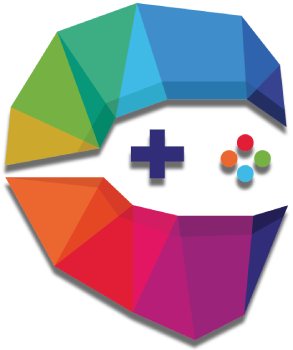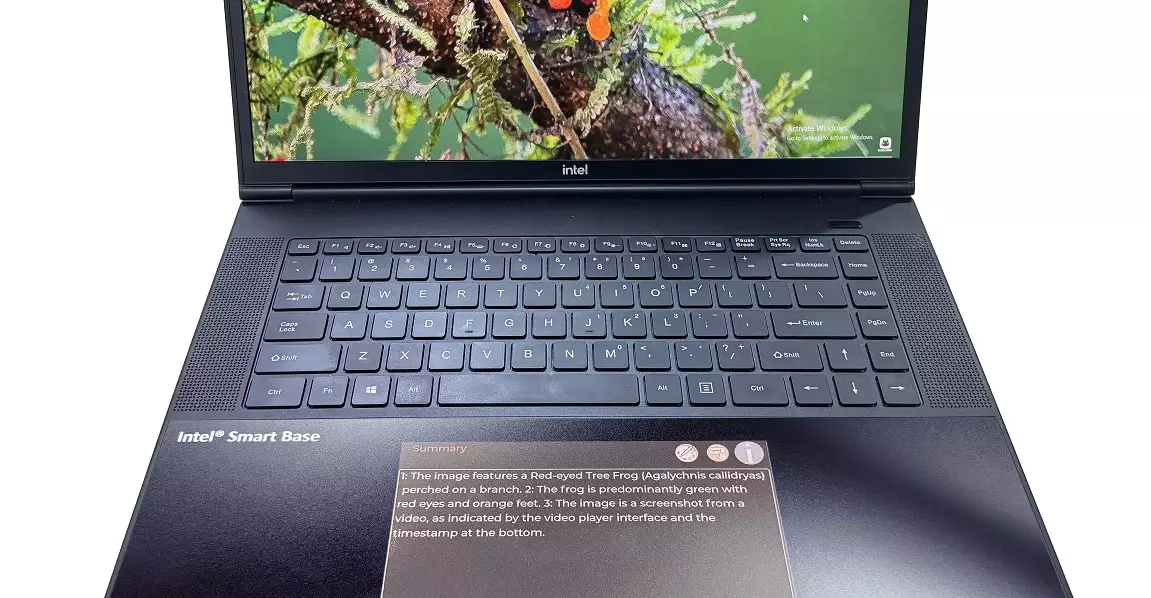In an era where digital devices are becoming increasingly multifunctional, the traditional laptop touchpad is ripe for reinvention. E Ink, long celebrated for its electronic paper technology, is now pioneering a new frontier by transforming the humble touchpad into a dynamic, purpose-driven display. Unlike conventional LCD or OLED screens that demand significant power and can distract users with vibrant visuals, E Ink’s innovative approach focuses on integrating a low-energy, high-utility interface into the core of laptop design. This move demonstrates a clear understanding that technology should serve to augment productivity rather than complicate it, emphasizing efficiency and simplicity.
What makes E Ink’s strategy particularly compelling is its focus on a dedicated space for artificial intelligence (AI) applications. Instead of merely enlarging existing screens or adding secondary displays that often encroach on valuable workspace, the company envisions a specialized, touch-sensitive e-paper panel embedded in the laptop’s touchpad. This shift signifies a conscious effort to decouple auxiliary functions from the primary display, acknowledging that users need quick, unobtrusive access to AI-driven insights, shortcuts, and notifications without sacrificing screen real estate or cognitive focus.
Challenging the Status Quo of Secondary Displays
While the industry has experimented with secondary touchscreen displays—such as Asus’s Screenpad or Lenovo’s Yoga series—the results have been mixed. Typically, these small LCD screens tend to be limited by size, responsiveness, and battery drain, reducing their utility despite their potential. E Ink’s approach offers a meaningful departure by transforming the touchpad into an energy-efficient, always-on companion that complements rather than complicates the user experience.
Color E Ink displays like those found in Kindle Colorsoft maintain readability in bright environments and consume minimal power, making them an ideal choice for implementing contextual information. This technology could allow users to glance at a discreet, constantly updated news ticker, weather forecast, or chat summary without breaking concentration or draining power reserves. The touchpad could evolve into a personalized AI hub—serving as a space for quick notes, reminders, or even real-time translations—without the distractions or power consumption associated with traditional screens.
Critically, this concept challenges the necessity of high-refresh-rate, full-color displays in peripheral devices, emphasizing that sometimes, less is more. The visual simplicity and readability of electronic paper could optimize workflows and reduce eye strain, especially during extended tasks or in harsh lighting conditions.
The Power and Practicality of E Ink’s Technology
One of the most transformative aspects of this new technology is its negligible impact on battery life. E Ink’s displays only consume power during updates, creating the potential for laptops to run AI applications for longer periods without anxiety over rapid battery depletion. In a landscape where AI and machine learning tools are increasing the computational demand on devices, battery conservation becomes more crucial than ever.
However, questions remain about the technical specifics—such as resolution, color fidelity, and integration with existing operating systems. Will the new touchpad be an extension of the primary OS or a standalone interface? Will it support high-resolution visuals necessary for multitasking or remain primarily text-focused? Without concrete answers, skepticism lingers; yet, the innovation is promising enough to suggest a significant improvement in how users interact with their devices.
Another compelling consideration is the potential for this technology to lead the way toward more sustainable computing practices. Reduced power consumption aligns with global efforts to minimize electronic waste and carbon footprints, positioning E Ink’s innovation as not just a productivity booster, but also an environmentally conscious choice.
Implications for Future Laptop Design and User Experience
Looking ahead, the integration of an E Ink-powered touchpad could reshape the very essence of laptop ergonomics and interface design. It could minimize the need for distracting notifications, offering a clean, customizable space for essential tasks. This change might compel hardware manufacturers to rethink keyboard layouts, touchpad dimensions, and overall form factor to make room for these new displays without compromising usability.
Moreover, as AI becomes increasingly embedded into our daily routines, having a dedicated, always-on AI interface accessible via a low-power touchpad could streamline workflows and improve accessibility. Users could keep chatbots, task managers, or contextual information within reach at all times, enhancing productivity and reducing cognitive overload.
In essence, E Ink’s move is more than just a hardware upgrade; it’s a paradigm shift towards smarter, greener, and more user-centric laptops. If successful, this innovation promises a future where devices are lighter, longer-lasting, and more seamlessly integrated into our digital lives—challenging existing notions of what a touchpad can be and how it should serve us in an increasingly AI-driven world.

